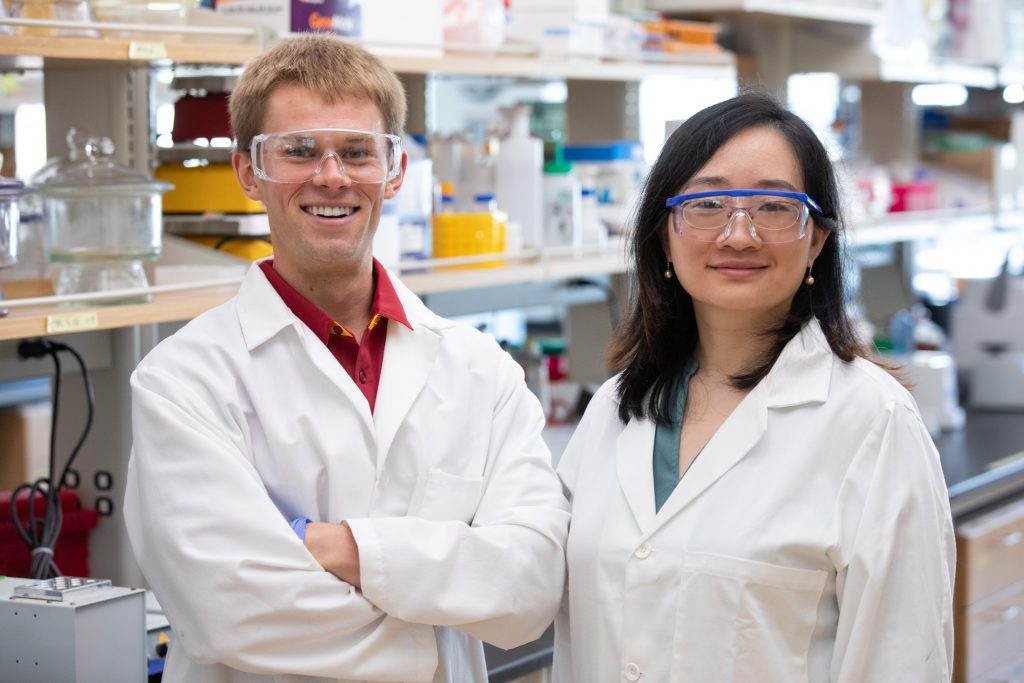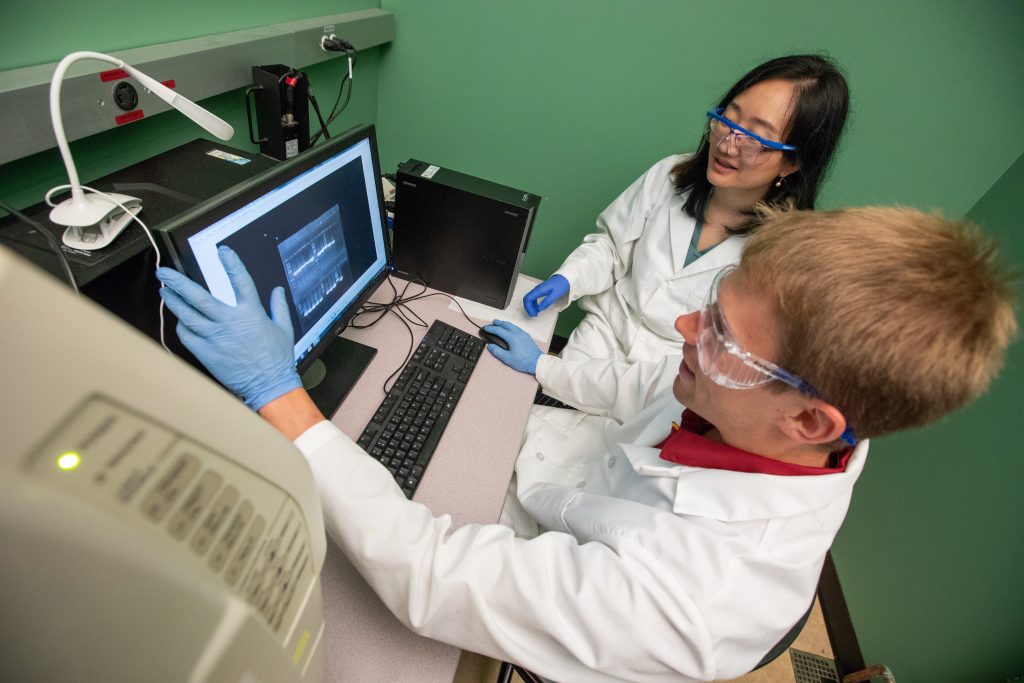
Mitochondrial DNA manipulation offers insights into related diseases
If you remember just one thing from high-school biology, it’s that the mitochondria are the powerhouses of the cell. But could mitochondria also hold the key to gene therapy and new tailored drug development for diseases and disorders?
Zengyi Shao, Vernon Guse Faculty Fellow and associate professor of chemical and biological engineering, and her team are developing a comprehensive mitochondrial genetic toolkit in a new project funded by the National Institutes of Health.
The toolkit will be used to untangle the complex nature of mitochondrial genetics and the impact mitochondrial DNA (mtDNA) mutations have on health disorders like type 2 diabetes, cancers and neurological disorders.
Model yeast mirrors human energy generation
Drawing on previous research on tailoring microbial platforms for specific purposes, Shao and Deon Ploessl, a Ph.D. student and National Science Foundation fellow in chemical and biological engineering, first plan to develop a new model yeast system to gain insights on mtDNA dysfunctions and how those connect to diseases.
“The previously well-studied model yeast is too dissimilar to human physiology, so we need a new option. We aim to establish a simple testbed that more closely mirrors human energy generation and offers practicality in terms of cost and timescale of genetic manipulations,” said Shao.
Bringing CRISPR to mtDNA
The lack of an extensive mtDNA manipulation toolkit represents a major deprecating factor in investigating the role of mtDNA and its mutations in eukaryotes, including humans.
“Our work aims to follow the development path of the CRISPR technology, which is currently capable of effectively editing nuclear DNA. We hope that labs can easily edit mtDNA in the same manner they edit nuclear DNA. This ability holds exciting potential across many disciplines,” said Ploessl.
Tailored treatments, broad applications
Shao’s team will use the genetic mtDNA toolkit to study specific mtDNA-associated diseases, such as obesity-related human illnesses. They plan to zero in on how modulating fluidity of inner mitochondrial membranes might change mitochondrial physiology, offering new customized drug development possibilities.
And the potential for mtDNA editing reaches far beyond biomedical applications to many other areas such as agriculture.
“The possible avenues made accessible by an extensive mitochondrial manipulation toolkit seem limited only by one’s ingenuity. For example, producing livestock with increased body weights using the same amounts of feed. The strategies developed for mitochondrial manipulation could also mediate similar issues faced in chloroplast DNA engineering, potentially enhancing plant photosynthesis and biomass yields,” said Shao.

